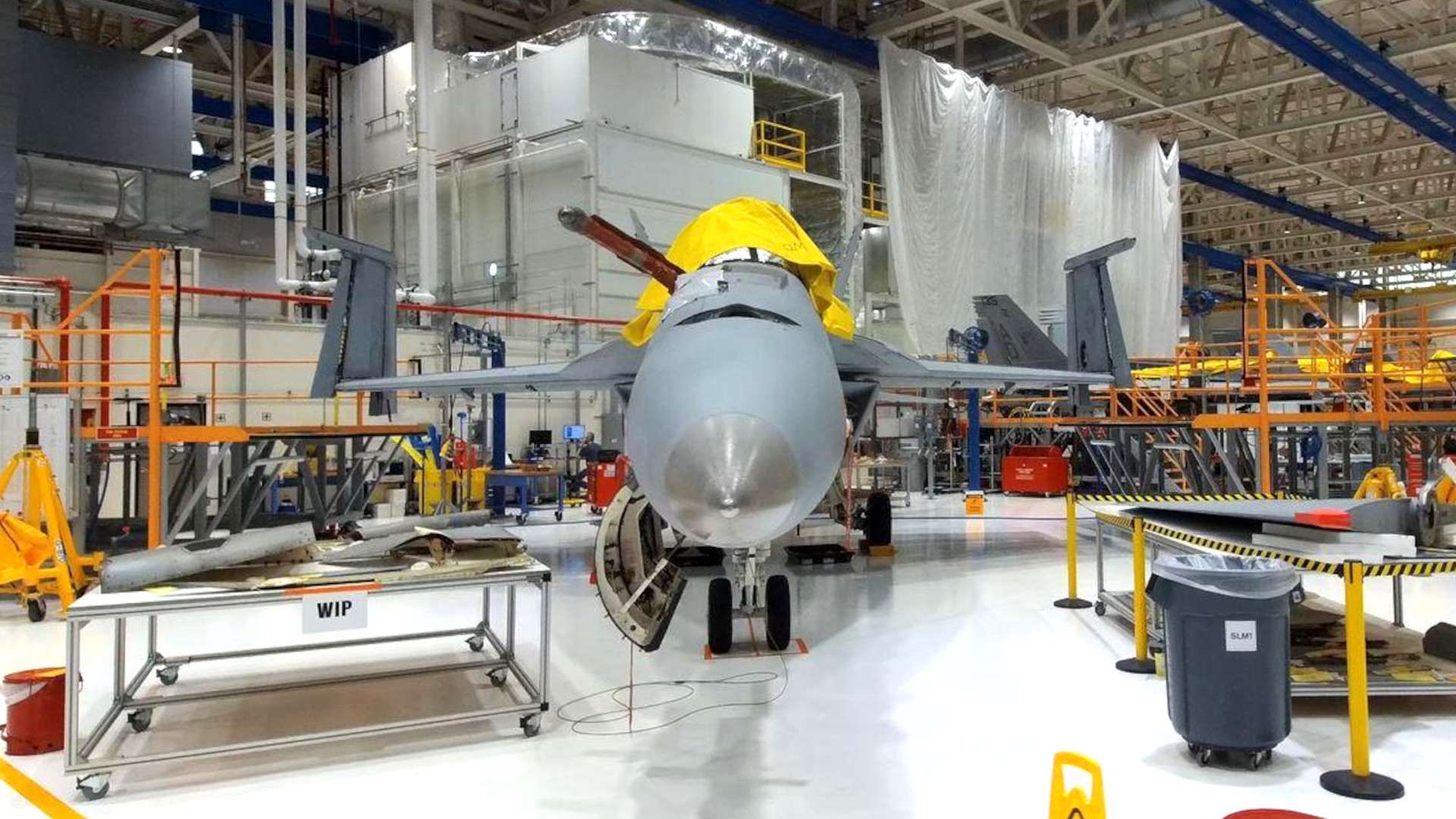Boeing says that it expects to end production of new F/A-18E/F Super Hornets in 2025. It has left open the possibility that it could still be building Super Hornets two years after that for an unspecified “international customer,” which is very likely a reference to a potential Indian Navy contract. No matter what, by all indications, the company is expecting to stop making new F/A-18E/F before the end of the decade.
The company announced its timeline for shuttering the F/A-18E/F production line, which is located within its facility in St. Louis, in a press release today. As it stands now, the only orders for Super Hornets that Boeing has left to fulfill are for the U.S. Navy. These jets, as well as examples of the EA-18G Growler electronic warfare derivative, are only currently in service with the Navy and the Royal Australian Air Force.
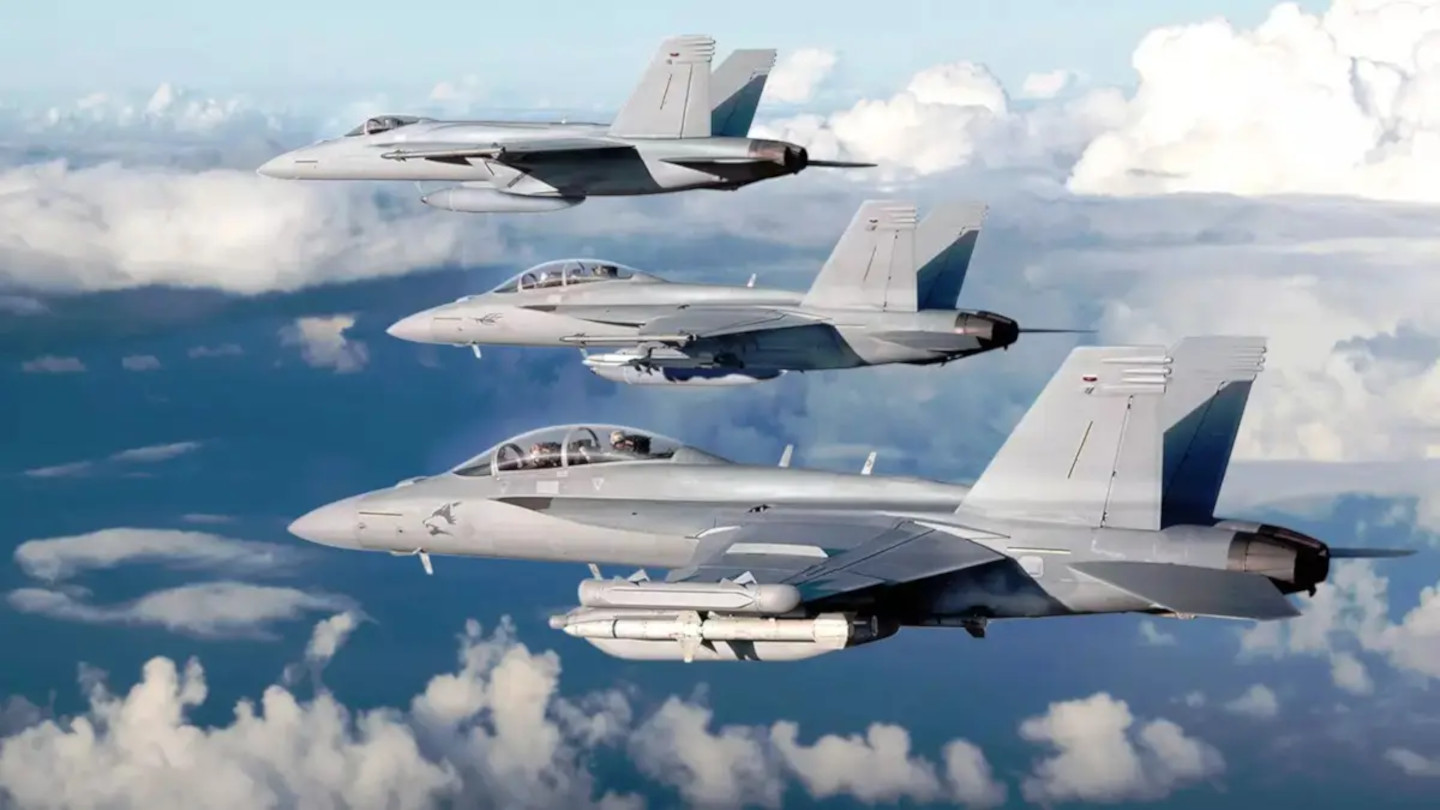
Kuwait is also set to operate F/A-18E/Fs, but it’s not immediately clear when the aircraft may enter service in that country. As part of the U.S. Foreign Military Sales (FMS) program process, Boeing delivered the last jets from the Kuwaiti order to the U.S. Navy in 2021. However, their final transfer to the Kuwait Air Force has been held up at least in part due to delays in work to expand their future home at Ahmed Al Jaber Air Base.
It is not immediately clear how many Super Hornets Boeing has built or will have made if production wraps up in 2025 as is currently expected. Boeing’s press release says that it has delivered more than 2,000 Super Hornets and Growlers, as well as older F/A-18A/B/C/D Hornets, to customers around the world since 1983, but did not provide a breakdown of that figure. The Super Hornet, which first flew in 1995, is a derivative of the original Hornet and is significantly larger in its design compared to its predecessor.
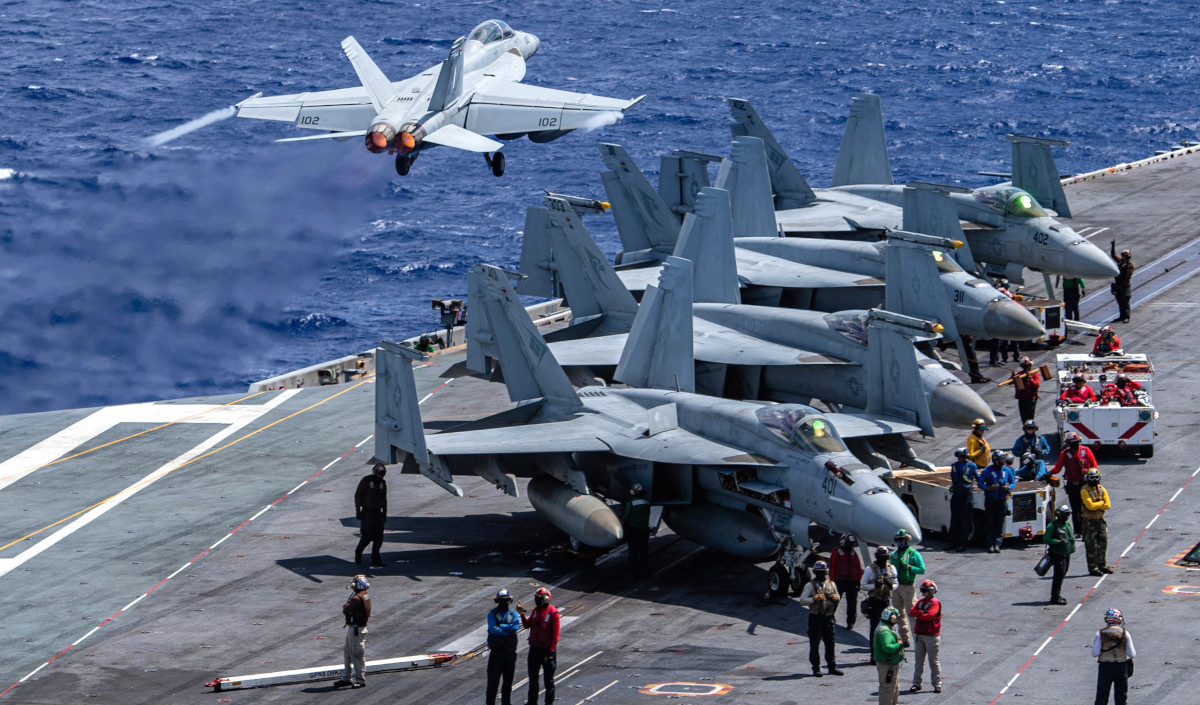
With regards to the Navy specifically, Defense News has reported that, by 2025, the service “will have bought a total of 698 Super Hornets over 30 years, according to budget documents.” However, as of March 2022, it had 310 single-seat F/A-18Es and 246 two-seat F/A-18Fs, as well as 161 EA-18Gs, according to its budget proposal for the 2023 Fiscal Year. In addition to attrition due to accidents over the years, the total number of Navy jets in Defense News‘ story could include some number of Growlers and Super Hornets it may have technically purchased, but that were destined for other countries, like Kuwait.
The RAAF has 24 F/A-18Fs in service now, along with a dozen EA-18Gs. The fleet that the Kuwait Air Force is waiting on consists of 22 F/A-18Es and six F/A-18Fs.

Boeing’s press release states that “production could be extended to 2027 if the Super Hornet is selected by an international customer.” India is the only major potential customer known to be considering purchasing Super Hornets at this time.
The F/A-18E/F is actively competing against the French Dassault Rafale M for an Indian Navy contract for 26 new carrier-based fighters. Super Hornet has also been pitched as an option for a long-troubled Indian Air Force fighter tender, which could lead to deliveries of dozens of jets. The Indian Air Force has acquired a number of land-based variants of the Dassault Rafale in recent years as an ostensibly interim solution. There are still-unconfirmed rumors that those sales have led the Rafale M to become the front-runner to win the Indian Navy deal.
Another foreign customer could, of course, emerge in the next two years. At the same time, Boeing told The War Zone back in 2019 that the countries it was actively courting as potential Super Hornet buyers were Canada, Finland, Germany, India, Poland, and Switzerland. While India’s future fighter jet plans remain uncertain, all of the other nations listed here have since decided to purchase fleets of Lockheed Martin F-35A Joint Strike Fighters.
Beyond the F-35A, just in terms of fighters produced in the United States, the Super Hornet faces stiff competition from Boeing’s own F-15 family, as well as Lockheed Martins’ latest Block 70/72 iteration of the F-16 Viper. This is not to mention foreign competitions like the French Rafale and the pan-European Eurofighter Typhoon. Russia remains a major producer of fighter jets, as well, though it has been subjected to crippling international sanctions over its war in Ukraine. China is increasingly looking for opportunities to export fighters, too.
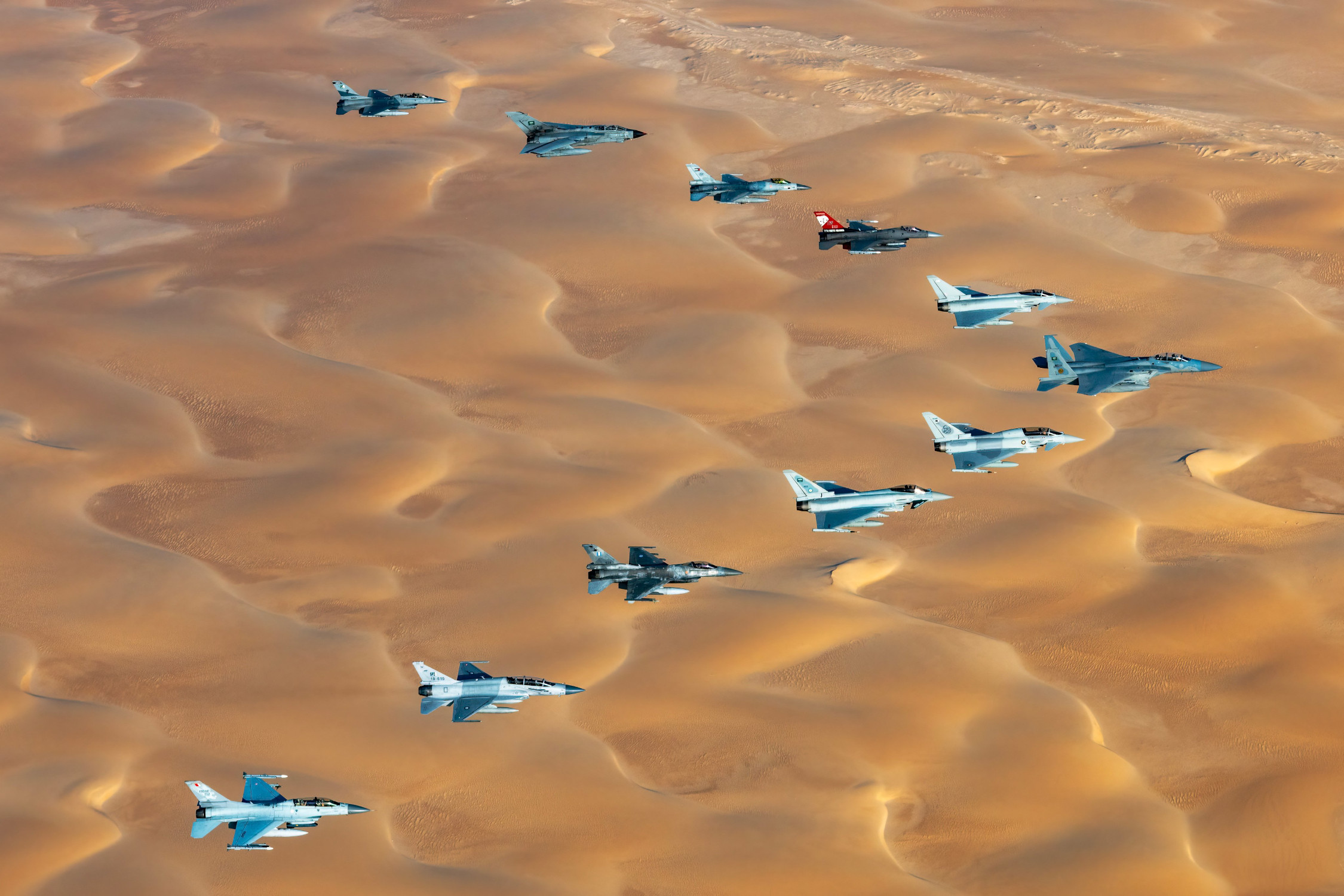
Boeing’s plans could change due to intervention from members of Congress in the United States, as well. American lawmakers were responsible for the last two U.S. Navy orders for F/A-18E/Fs. The service has tried unsuccessfully on numerous occasions over the past decade, including just in the last budget cycle, to try to halt purchases of new Super Hornets.
Regardless, with all these factors considered, it’s not necessarily surprising that Boeing is now looking to end production of the F/A-18E/F and move on. In its press release today, the company has already outlined how it plans to refocus resources at its St. Louis plant and continue to expand work at that facility even after it stops building Super Hornets.
“Boeing St. Louis will increase production of the world’s first all-digital training system, the T-7A Red Hawk, and the world’s first carrier-deployed autonomous refueling aircraft, the MQ-25 Stingray, along with ongoing production of new F-15EX Eagle IIs and 777X wing components,” according to the press release.

The decision to end Super Hornet production will also allow Boeing to step up “work on the next generation of advanced crewed and uncrewed aircraft” and “Boeing plans to build three new, state-of-the-art facilities in St. Louis,” it continues. “These facilities, as well as the new Advanced Composite Fabrication Center in Arizona, and the new MQ-25 production facility at MidAmerica St. Louis Airport, represent more than a $1 billion investment.”
“To meet demand for defense products and services, Boeing plans to continue hiring year-over-year for the next five at its St. Louis site,” the release adds. “More than 900 people were hired in the region last year.”
The relationship between Boeing’s St. Louis facility and the Super Hornet won’t end entirely with the closing of the production line, either. The Navy is still set to put hundreds of its existing Super Hornets through extensive overhauls and upgrade programs to extend their lifespans and bring them up to the advanced Block III standard, which you can read more about here. A Block II upgrade program for the EA-18G is also in the works.

This is just what Boeing has publicly disclosed so far, as well. There are other major potential military programs on the horizon that the company could well be a part of. The U.S. Navy, for instance, is planning to acquire a future sixth-generation crewed combat jet as part of its Next Generation Air Dominance (NGAD) program, which should not be confused with the Air Force program of the same name. Boeing no doubt has an interest in being a part of that effort.
The Navy and Air Force are both looking to significantly expand their fleets of uncrewed aircraft, too, to include uncrewed combat air vehicles (UCAV). Boeing has had a rich and somewhat pioneering past with advanced unmanned combat aircraft, but up until recently, without major wins to show for it. This has changed with the MQ-25 program, which is laying the groundwork for the Navy’s unmanned future. Boeing is very likely to be a central player in that future and already is, to a large degree.
In addition, Boeing’s division in Australia has been working on the MQ-28 Ghost Bat, an advanced stealth uncrewed aircraft. This design was originally developed for the RAAF, which expects to employ linked together with crewed platforms. The U.S. Air Force has now acquired at least one example ostensibly to support test work.
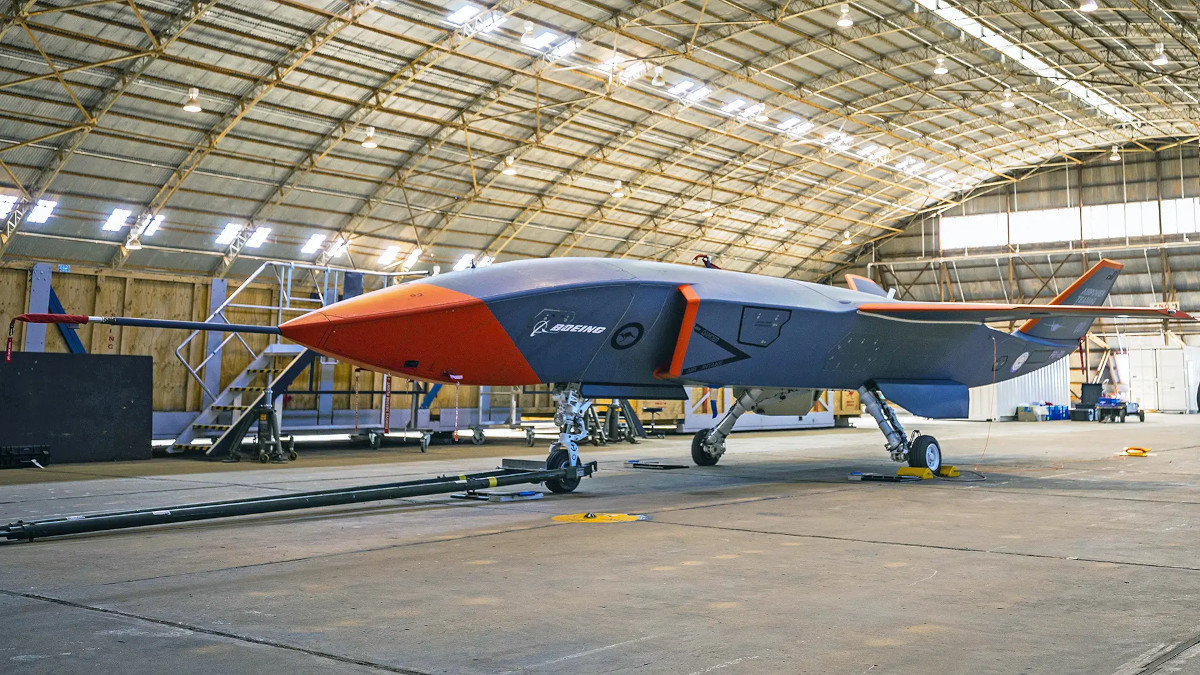
Just this week, Rear Admiral James Parkin, the director develop with the Royal Navy in the United Kingdom, showed an artist’s conception of a carrier-based variant or derivative of the MQ-28 as part of a larger presentation at the International Military Helicopter conference in London. Boeing confirmed to The War Zone that this is an official company rendering, but could provide no additional information.
“We are planning for our future, and building fighter aircraft is in our DNA,” Steve Nordlund, Boeing Air Dominance vice president and the St. Louis site leader, said in a statement today. “As we invest in and develop the next era of capability, we are applying the same innovation and expertise that made the F/A-18 a workhorse for the U.S. Navy and air forces around the world for nearly 40 years.”
Altogether, Boeing seems to be clearly expecting the Super Hornet production line to sunset in the next few years, one way or another, and is laying the groundwork now for what comes next.
Contact the authors: joe@thedrive.com, oliver@thewarzone.com
